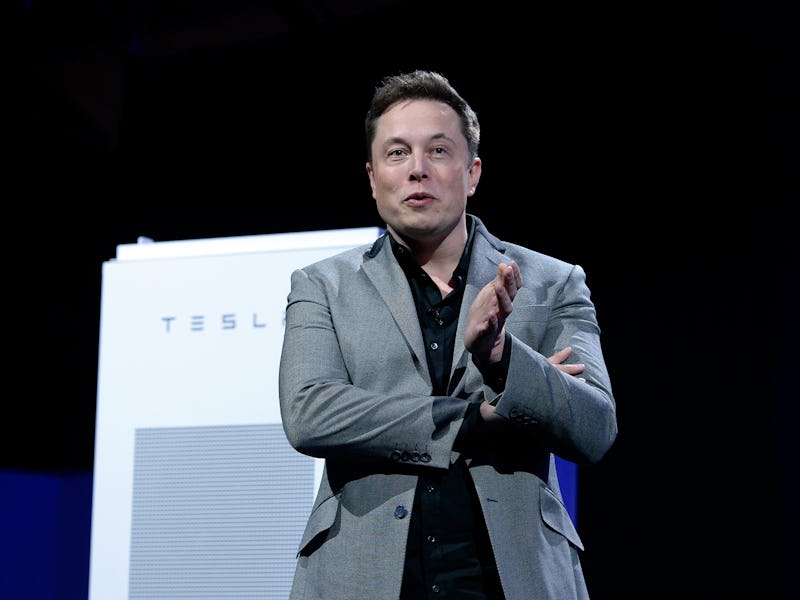Tesla Scales Back Autopilot as Google Announces Self-Driving Car Company
Alphabet is putting Plan A into effect as Tesla backtracks.

Those looking to zip through traffic in a near-driverless car will not have their prayers answered by Tesla anytime soon. That’s because the company’s newest version of Autopilot software will actually represent something of a downgrade. Having made it clear that he has misgivings about “people doing crazy things” while Autopilot, Tesla Chief Elon Musk has said he’ll roll the tech back and push his company in a different direction.
The parameters of Autopilot 7.1, which will limit the functionality of automatic steering and lane-changing to 45 mph speed limits or slower on single-lane roads, have sparked the ire of Tesla drivers, who expect more sophisticated tech from the electric vehicle maker. According to some auto-industry blogs, consumers selected for the beta version of Autopilot 7.1 are threatening lawsuits, and are primed to enter litigation with a multi-billion dollar corporation because their sports cars haven’t reached what they feel is the apex of innovation.
It puts the company, which can install software on its customers cars, in an interesting position. Can they legally take away functionality? Can they do it without alienating their customers?
While the Tesla news strikes a somber chord with those hoping for a heftier Autopilot package, Google revealed today that it will start an entirely new company for its own fleet of self-driving cars, intended to function under the larger umbrella of parent company Alphabet.
An early prototype of Google's self-driving car.
The company will potentially offer something of a rideshare service, dolled out on a for-hire basis. The new operation will kick into gear next year and spread gradually, starting out in communities that are easy to track (read: near campuses).
Google notes that its own autonomous vehicles, which pale in comparison aesthetically to the flashy cars of Tesla, have “already self-driven over 1 million miles and are currently out on the streets of Mountain View, California and Austin, Texas.”